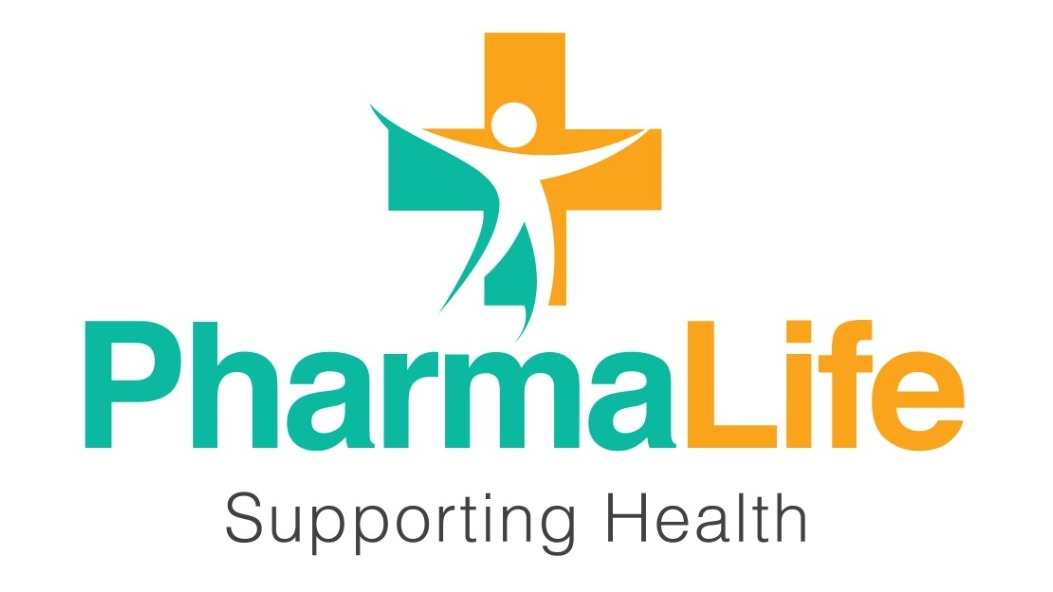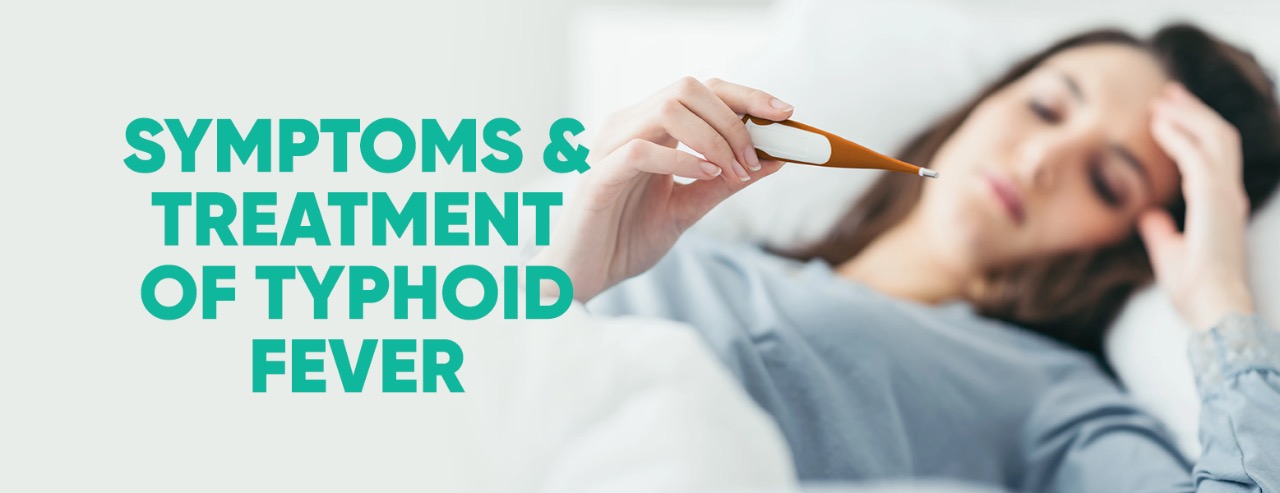Enteric fever, or more commonly known as Typhoid fever, is a bacterial disease caused due to Salmonella typhi bacteria. Usually spread via contaminated food and water, Typhoid fever is very much prevalent in developing countries like Nepal. Although the disease symptoms subside and the patient is healthy in about three weeks, typhoid can sometimes turn into a life threatening disease.
As we step into the warm summer days, contamination of food and water is a rather common phenomenon, thus increasing the chances of contracting the infection. Therefore, with the support from Gavi, the Vaccine Alliance of WHO, UNICEF and other collaborators, the Government of Nepal has recently launched a new vaccine campaign of Typhoid Conjugate Vaccine (TVC). Incorporated into the routine immunization program across the nation, the Typhoid vaccination campaign will run from April 7 to 1 May, 2022.
Addressing the typhoid-endemic, the Government of Nepal aims to significantly reduce the burden of typhoid disease among children throughout the nation. As health workers across the country are actively contributing to make the vaccine campaign a success, we, at PharmaLife, want our readers to know the basics of Typhoid. Learn about the cause, risk factors, symptoms, treatment and prevention of Typhoid fever to ensure health and vitality of you and your family.
What is Typhoid Fever?
Typhoid fever, caused by the bacterium Salmonella typhi, primarily affects the gastro-intestinal tract. Over the course of infection, the bacteria may reach the bloodstream and consequently affect other vital organs. It is a highly contagious disease and transmits from person to person through contaminated food and water. When an infected or asymptomatic (who doesn’t elicit any signs and symptoms) with poor sanitation habits usually transfer the infection to healthy individuals.
Typhoid bacteria are therefore common in many Southeast Asian, African and South American countries with poor drinking water and sewage systems. Estimated 11-20 million people contract typhoid every year and over 128,000-161,000 of them die from the disease, according to the World Health Organization.
As per a study from The Global Burden of Diseases, there were at least 82,449 typhoid cases and 919 typhoid related deaths in Nepal in 2019 alone.
Symptoms of Typhoid Fever
Based on the severity of infections, people may manifest a wide range of symptoms. However, the major symptoms of typhoid fever include:
- A persistent high fever which increases each day up to 104.9°F (step-ladder pattern of fever)
- Headache, weakness and fatigue
- Generalized muscle aches
- Loss of appetite and profuse weight loss
- Abdominal pain, diarrhea and constipation
Some less common symptoms include extremely swollen stomach, rashes, sweating and dry cough. In absence of proper treatment, an infected person may later become delirious, have convulsions, etc. Complications caused due to typhoid fever only appear in those who haven’t been treated appropriately. These complications are usually seen during the 3rd week of infection and may include:
- Internal bleeding in the gastro-intestinal tract
- Peritonitis (infection of peritoneum, the lining of our digestive tract)
- Sepsis (an overwhelming infection where bacteria are all throughout the blood)
Such severe complications can finally lead to multiple organ failure and ultimately death. Therefore, timely diagnosis, and proper treatment of typhoid fever is a must. Confirmatory diagnosis is commonly done through blood testing followed by immediate treatment.
Treatment of Typhoid
Typhoid, although seems scary with the complications, can easily be treated with antibiotics. The most commonly used antibiotics include ciprofloxacin and ceftriaxone. Azithromycin is also used in many cases. Besides antibiotics, adequate rehydration, balanced diet, and enough rest is important for speedy recovery.
Symptoms of typhoid subside following the administration of antibiotics. However, the infected people may still have bacteria inside their bodies. Thus, to limit the spread, people being treated for typhoid are advised to:
- Complete the prescribed dose of antibiotics
- Regularly wash their hands with soap and water
- Do not prepare or serve food to other, and limit unnecessary interactions
- Follow up with your doctor to ensure eradication of Salmonella typhi bacteria from your body
Moreover, similar to many other bacterial diseases, antibiotics resistance to Salmonella typhi is a growing concern lately. Antibiotic resistance is when bacteria develop the ability to defeat the drugs prescribed to kill them. This means, the antibiotics can no longer kill the bacteria and they continue to grow. Therefore, PharmaLife urges our readers to not use antibiotics without doctor consultation. Self-prescription of antibiotics and incomplete antibiotics therapy may help develop such resistance in bacteria. All PharmaLife pharmacies discourage the unauthorized use and prescription of antibiotics.
Prevention of Typhoid Fever
As Typhoid fever is most common in places with poor hygiene and sanitation, access to safe drinking water and sanitation is the first step to preventing the disease. Further, these few steps may easily help prevent typhoid fever:
- Drink clean, filtered or boiled water
- Ensure the food is properly cooked
- Avoid raw food items (raw milk, raw vegetables, meat, etc.)
- Regularly wash hands with soap and water
- Wash fruits, vegetables carefully before consuming
- Ensure immunization of young children with Typhoid Conjugate Vaccine (TVC)
Typhoid Vaccination Campaign In Nepal
The TVC campaign running from April 7 – May 1 2022 is believed to strengthen and promote routine immunization in Nepal. The three-week campaign aims to reach 95% coverage of nearly 7.5 million children from 15 months to 15 years of age. Similarly, ‘zero-dose’ children who have missed routine immunization of the basic diphtheria, tetanus and pertussis (DPT) vaccine will also be identified through this campaign.
According to the Ministry of Health and Population (MoHP), over 50,000 vaccination sites have been established across both rural and urban settings in the country. We urge our readers to get their children immunized with the typhoid vaccine at the nearest vaccination center. With improved Water, Sanitation and Hygiene (WASH) practices, and immunization, we can easily reduce the burden of this fatal disease in our country.


There are no comments